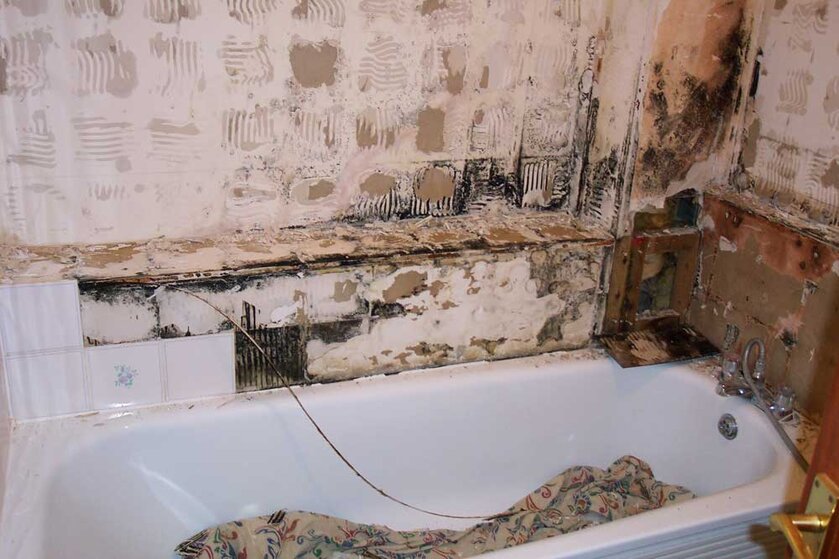Argh, I just wrote a post, but I didn't notice I wasn't logged on... Could a moderator please remove the unregistered version of my post? Here comes the same post again, but while logged in
🙂
Very interesting debate on waterproofing issues my fellow members and for what it is worth down here waterproofing in wet areas is mandatory and you need a seperate license obtained through the B.S.A (Building Services Authority) to preform this task. Our code stats that a minimum of water penatration protection should include internal corners to a ht of 1.8m and joins extending into the recess the floor of shower cubicles that are to receive tiling and the perimeter walls on slab on ground. The entire floor if dwelling has habitable living space under. Also areas around wall perforations for vanities and toilets etc.
Once this has been done a certificate must be lodged to the BSA and council as well as the home owner. Failing to issue such certificate can negate the on selling of a property until the waterproofing criteria are met.
Waterproofing insurance claims are still one of the greatest causes wet area failures in the state of queensland and cost 100s of millions to rectify each year due to inadequate materials unsatisfactory installation unlicensed aplicators and corrupted council officials.
Waterproofing in the Uk should become mandatory IMHO even though the systems in place are not perfect down here. It still gives the home owner and contractor reasonable amounts of protection should things not go according to plan.
We've got a similar system in Sweden, where you have to get a licence from a central authority. The rules and regulations on water proofing, substrates, and the pure technical aspects of tiling, are pretty strict over here. There's seldom any doubt on how to apply the rules, as they leave little room for interpretation. The rules apply nationwide, and state clearly what's allowed and what's not. You very liable if you haven't followed the regulations and something goes wrong, and surveyors can ask you to redo everything if they deem it necessary, though you can demand a second opinion. On the other hand, if you do follow the regs, you're pretty much covered if something goes awry, as the licence comes with a mandatory insurance.
Regarding substrates: It's mandatory to waterproof pretty much everywhere you can access water through anything more than a single faucet. It's verboten to use plasterboard with cellulose based "skin" in wetrooms (bathrooms are classified as wet rooms over here). That's because if the skin is subjected to even a little moisture, black mold starts growing on it pretty fast, as it feeds off damp cellulose.
Approved substrates in wetrooms include a few select board materials, such as fiber cement boards with pre-applied waterproofing, plaster boards with plastic "skin", or fiber-reinforced polystyrene boards, or solid materials, such as concrete. You always have to seal any and all joints, around pipes etc, no matter what, and any surface which isn't water proof on it's own needs to proofed, except in a few very specific cases.
A problem with most waterproofing systems is that while they don't allow water through, they do allow some steam through. As a result of that, new regulations kicked in 1st of January this year, which make it mandatory for all waterproofing systems to have a certain level of steam resistance. The currently approved systems tend to involve epoxy, water and steam proof membranes, or special fiber cement boards with pre-applied water- and steam proof coating, where you just have to proof the joints.

